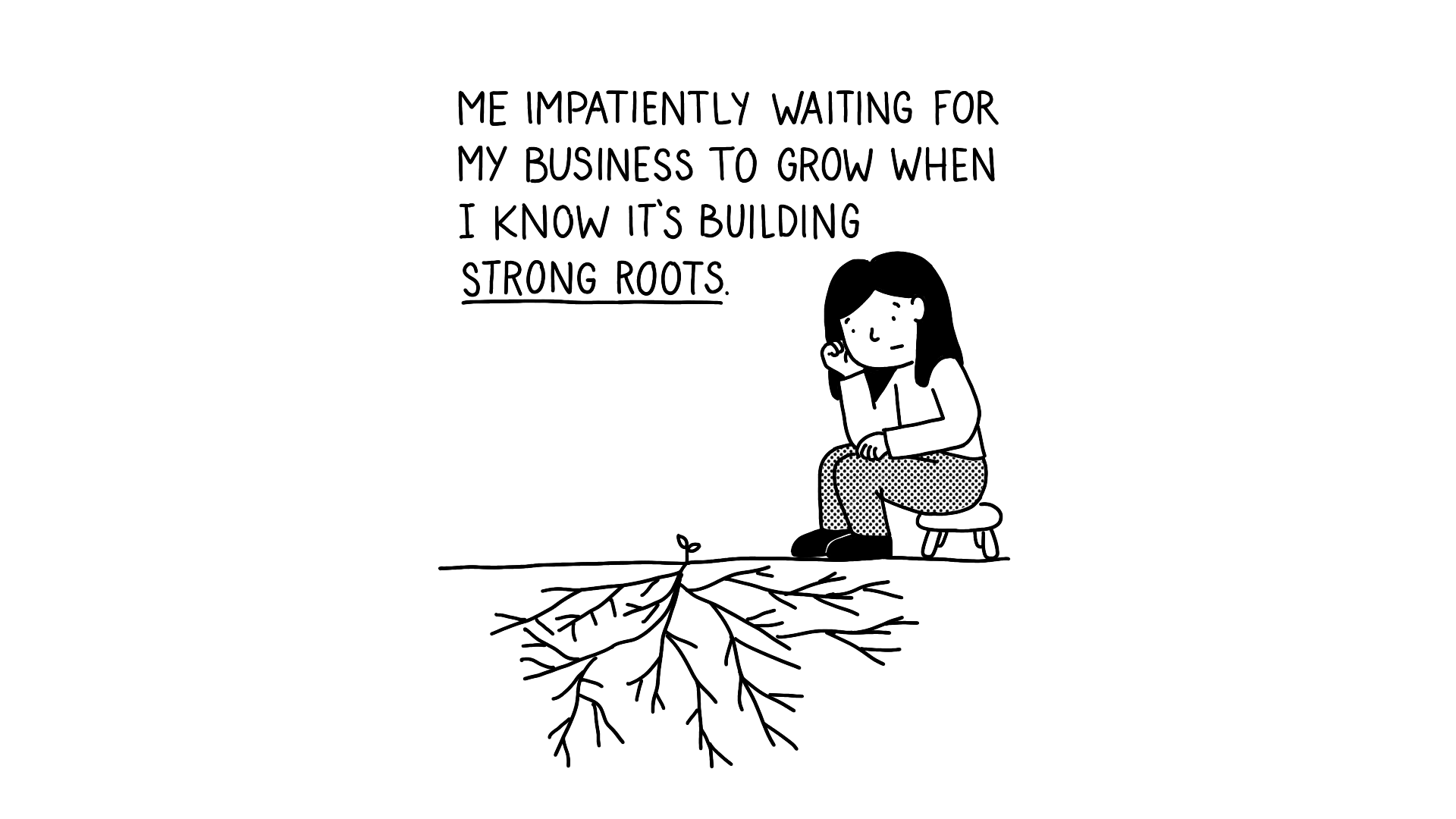
How I Made $100k as an Artist in 2022: The Numbers & Lessons
Like I said in my last blog post about changes I made to my business, 2022 was the first full year I have worked actively on my business since starting it in 2017. I really gave it my all this year and have learned a lot! I’ve gathered some numbers and key takeaways for you as an overview of the year.
You’re probably the most curious about if I actually made any profit off this business so I’ll get that out of the way first. I’m happy to report that I did have a profitable year and proved to myself that this career is viable for me! Please note that every business and artist has their own journey. Try not to compare yourself, do what you can at your own pace, and be gentle with yourself that you’re trying your best! I get caught up in comparing myself to other people and businesses all the time, but I like to remind myself that there are so many factors that go into running a business, and not all of them are within my control.
The Numbers
As the clickbait title says, I made $100k this year, but that was in revenue, meaning the amount of money I brought in before counting for any expenses, cost of goods, and taxes. My expenses came out to $50k, meaning I made a profit of only 50% of revenue. Here’s a snapshot of what I spent money on for my business this year:
- On purchasing actual inventory of the designs I wanted to sell, such as stickers and apparel, I spent $29.6k.
- For supplies needed to create my handmade products, I spent $1.4k.
- A large portion of my sales come from in-person markets, which cost me $6k this year in application fees, booth fees, and transportation.
- To create the booth setup that I wanted for my business, I spent $1100 on supplies like shopping bags, equipment, and displays.
- I spent about $1k on shipping fees and supplies such as boxes and mailers. I save a lot of money and carbon by reusing packaging from my own purchases.
- Operating expenses, including business licenses, rent, subscriptions to Adobe, Shopify, and Klaviyo, insurance, business workshops, and my new standing desk, came out to $8k.
Where did the money come from? I currently have 6 income streams from which I work to get revenue:
- My online shop
- Etsy
- In-person markets
- Wholesale to retailers
- Consignment with retailers
- Freelance client work
Here is the breakdown of where my revenue came from this year:

[Image Description: Pie chart of revenue indicating 47.1% to Wholesale, 43.0% to Markets, 5.7% to Online Shop, 2.3% to Consignment, 1.5% to Freelance, and 0.3% to Etsy]
You can see that markets and wholesale were the largest revenue streams for me. Typically markets are my biggest source, but this year I was very fortunate to have a large wholesale order from a national retail chain, which pretty much eclipsed my craft fair sales. It makes me nervous to think that my numbers won’t look like this next year if I don’t get another wholesale order like that, which honestly felt like a once-in-a-lifetime thing, but who knows what will happen! Certainly me a year ago did not imagine I would get a wholesale order for $40k this year, if ever.
To illustrate how much my revenue correlates to doing in-person events, here is a graph showing my revenue over time next to the number of days of events I had each month.

You can see that for the most part, my revenue only goes up when I do events. The 2 exceptional months of August and October were when I received my 2 payouts for the one huge wholesale order. If you’ve been reading my blogs and wondering why I care so much about craft fairs, hopefully you can see why now, as it’s truly my main source of income at the moment. I hope to get my online shop off the ground soon so that I can be less reliant on in-person events and hopefully have a more steady stream of income.
The Lessons
Offer Your Customers Choice
This isn’t the best tactic to start off with, especially if you’re still figuring out what you like creating/selling or have little capital to invest in inventory. I had a pretty strong concentration in illustrated paper goods going into this year. I started my business selling exclusively ceramics, so you can imagine the journey I took over the years to get to where I am now. With my product focus figured out, I doubled my offerings in the stickers, prints, and cards categories. This gave customers more options and increased the likelihood that they would find something they liked.
I will be continuing on this track of creating new offerings, but obviously I can’t keep adding to my product collection ad infinitum. I only have so much space in my San Francisco apartment! I am still deciding how I want to maintain my product catalog in the long term. For things like stickers, I might keep growing the collection since they’re easy to store and sell. Cards and prints are easy to stock since I make them myself and can create inventory on an as-needed basis. Shirts are my trickiest category as they are the most expensive, take up the most space, and require more upkeep with having quantities in different sizes.
Check out my last blog post to see how my product offerings changed from 2021 to 2022.
Carry a Range of Price Points
As I grew my product offering and the types of products I carried, I tried to create a range of price points. Obviously having high priced items would mean that you make more per sale, but it also raises the barrier to entry for those without a lot of money. I learned that low cost items like stickers are a great way for people who love your work to show their support and carry a little piece of your art with them. They are also relatively cheap and easy to produce. However, I would have to sell A LOT of stickers to make a big income.
Having more expensive items balances out my price range so not all my sales are of $4 stickers. Though, usually more expensive items cost more to create/acquire for your shop. Apparel has brought in the most revenue, but it generates a lower profit margin than other categories because each unit is more costly. With this in mind, I can only invest so much into producing apparel, but they are great to have for those looking to spend a little more and I enjoy designing them too. The ideal product category for me is art prints. They are not that costly for me to produce and can sell at a higher price point, so I’m able to make more profit from each individual print sale.
I think of my product offerings in terms of a pyramid where I have a lot of low cost, low price items and balance it out with a few high price, maybe higher cost items. The sale of cheaper items is more likely, but with a single sale of a higher priced item, I can make more per sale. A way to examine how much customers are spending on your business would be to look at the average order value (AOV). Before introducing apparel, my AOV was around $15. Now, it is around $26.

The biggest lesson that I learned this year that I am most grateful for:
I CAN DO THIS.
Despite starting this business 5 years ago, I only recently gained confidence in this career path. The first few years, I spent experimenting with what kind of art I want to make and getting over the pressure to create “what sells”. I was also busy with my day job and squeezing in time for my business on nights and weekends. Last year, I somehow went from “I don’t want to sell stickers for a living” to “how can I make selling stickers my job?”. This year, I started to feel more traction in my business growth, got more sales at fairs, into more retail stores (including a national chain!!), and grew my online presence. It hasn’t been easy and it’s had a lot of ups and downs, but I am very happy to say that I’ve gotten to a point where I am confident I can make this work. I have proven to myself that I can tackle any problem that comes my way and now know for sure that this life makes me happier than my previous one. I still feel like I’ve just laid the foundation, but I know if I put in the time, I will eventually grow big from these roots I’ve planted.
If you’re reading this and wondering if you will ever have confidence in it, know that I was in your place only 7 months ago (and revisit it every once in a while still––heck I drew the above comic in October). I’ve always been the last person to believe in myself, so working for myself and running a business has been an emotional struggle. Thanks to the support from friends, family, and an audience like you, I have learned to recognize how much I’ve accomplished over time. I have also learned to trust the process 🤢 and focus on what is working for me in the here and now.
Thanks for reading! If you liked this blog post, you can support me by:
👩🏻🎨 Checking out my art on Instagram @maisonbychanamon
🧋 Giving a tip on BuyMeACoffee
👩🏻💻 Visiting my website www.chanamon.com
💌 Sharing this post with your friends and fellow small biz owners
Keep scrolling to check out what products customers and retailers loved the most this year 👇
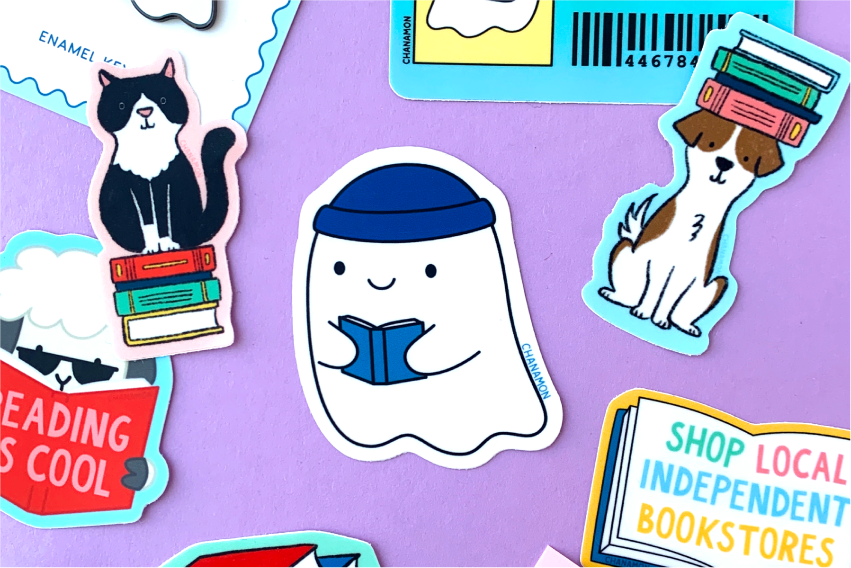
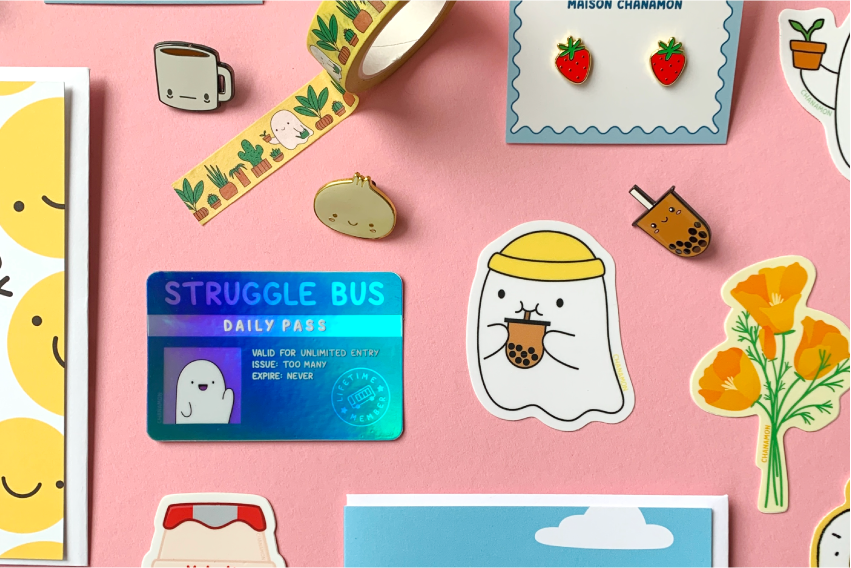

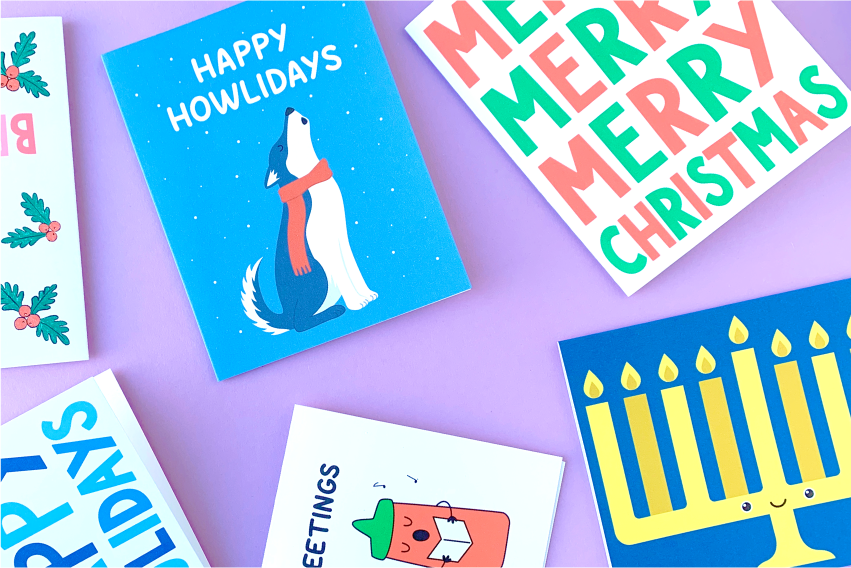
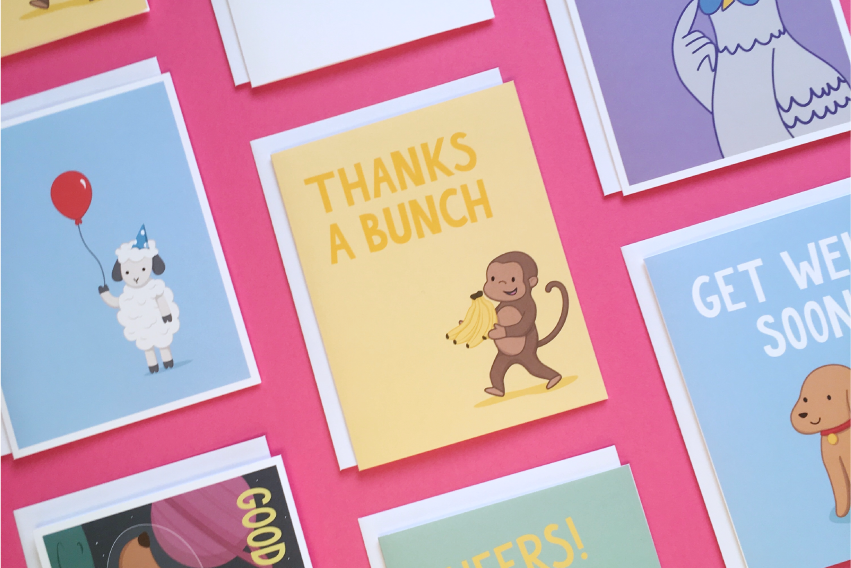
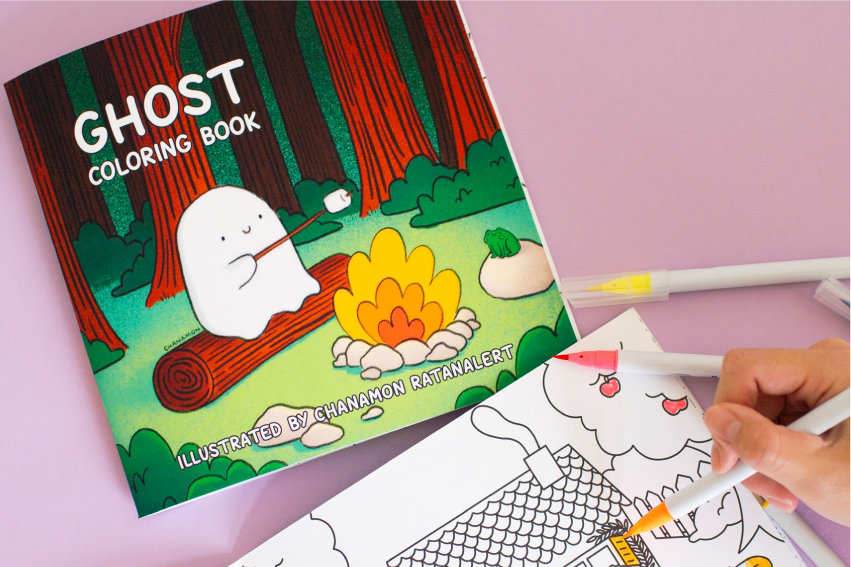

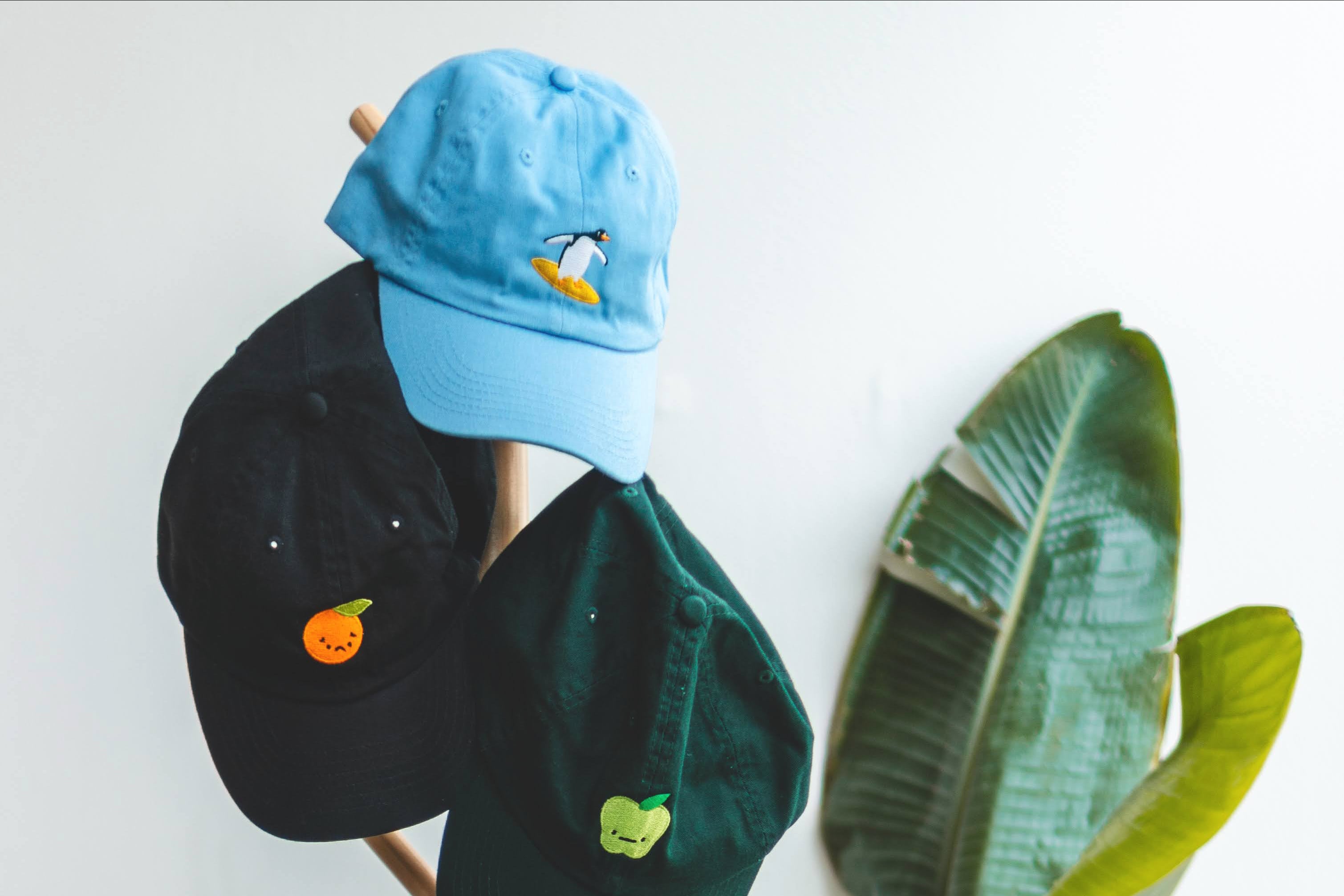
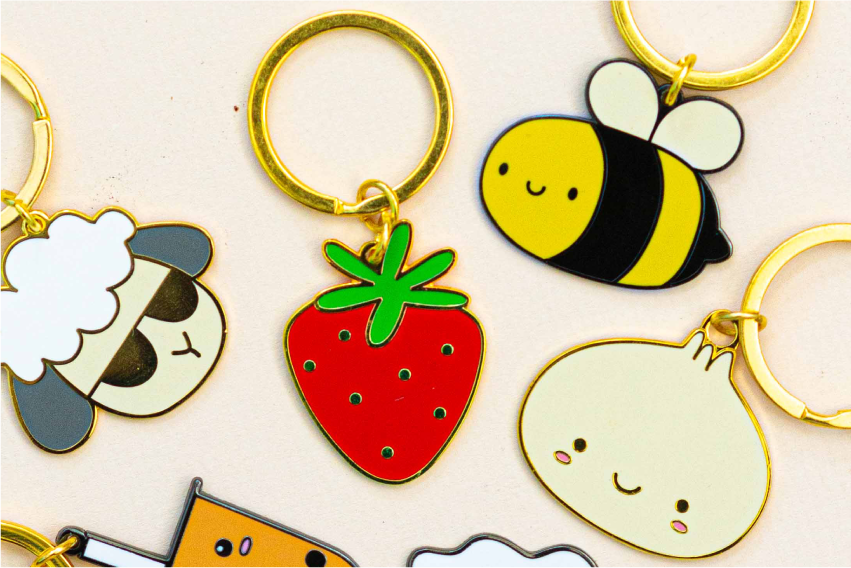
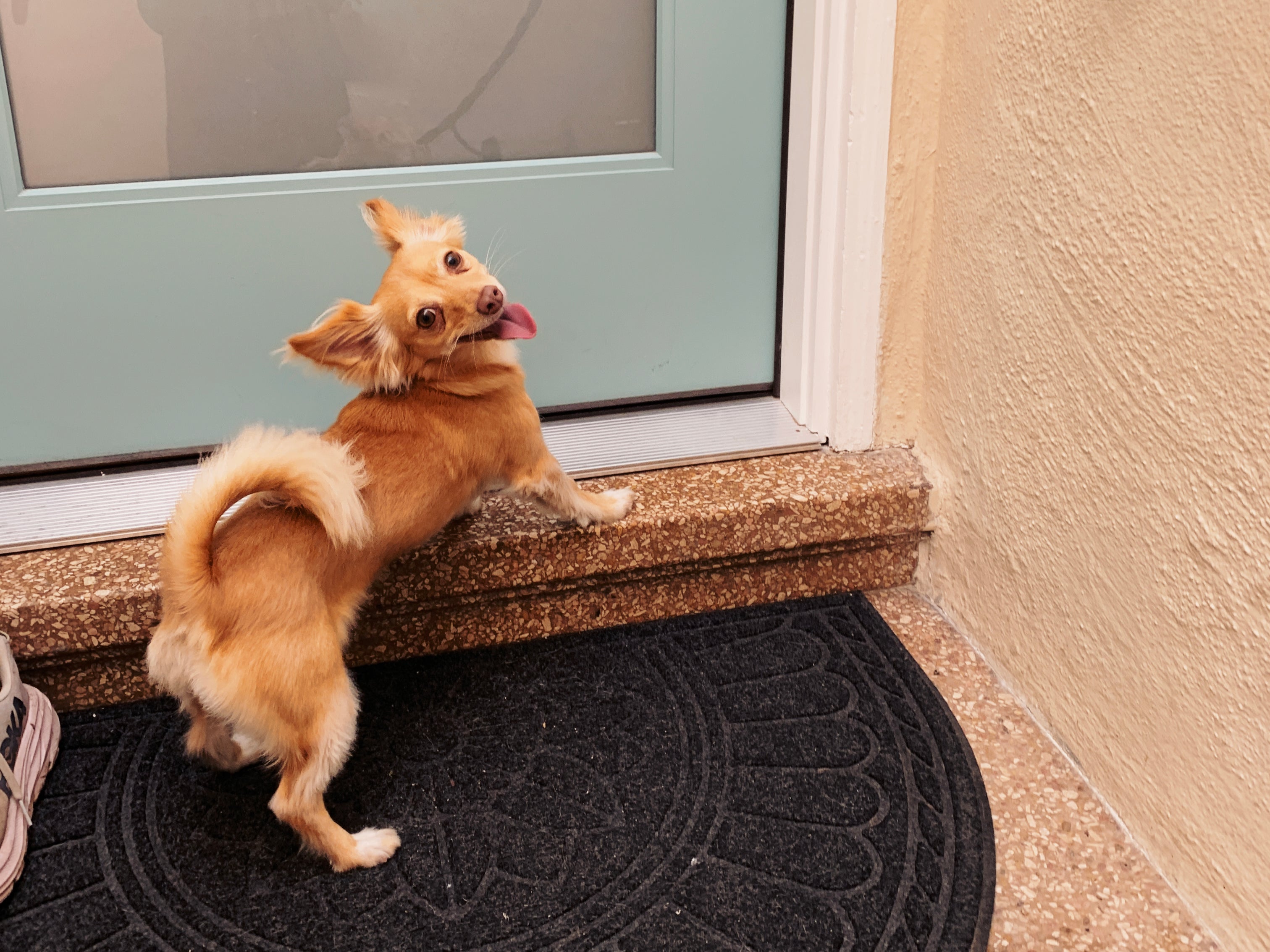
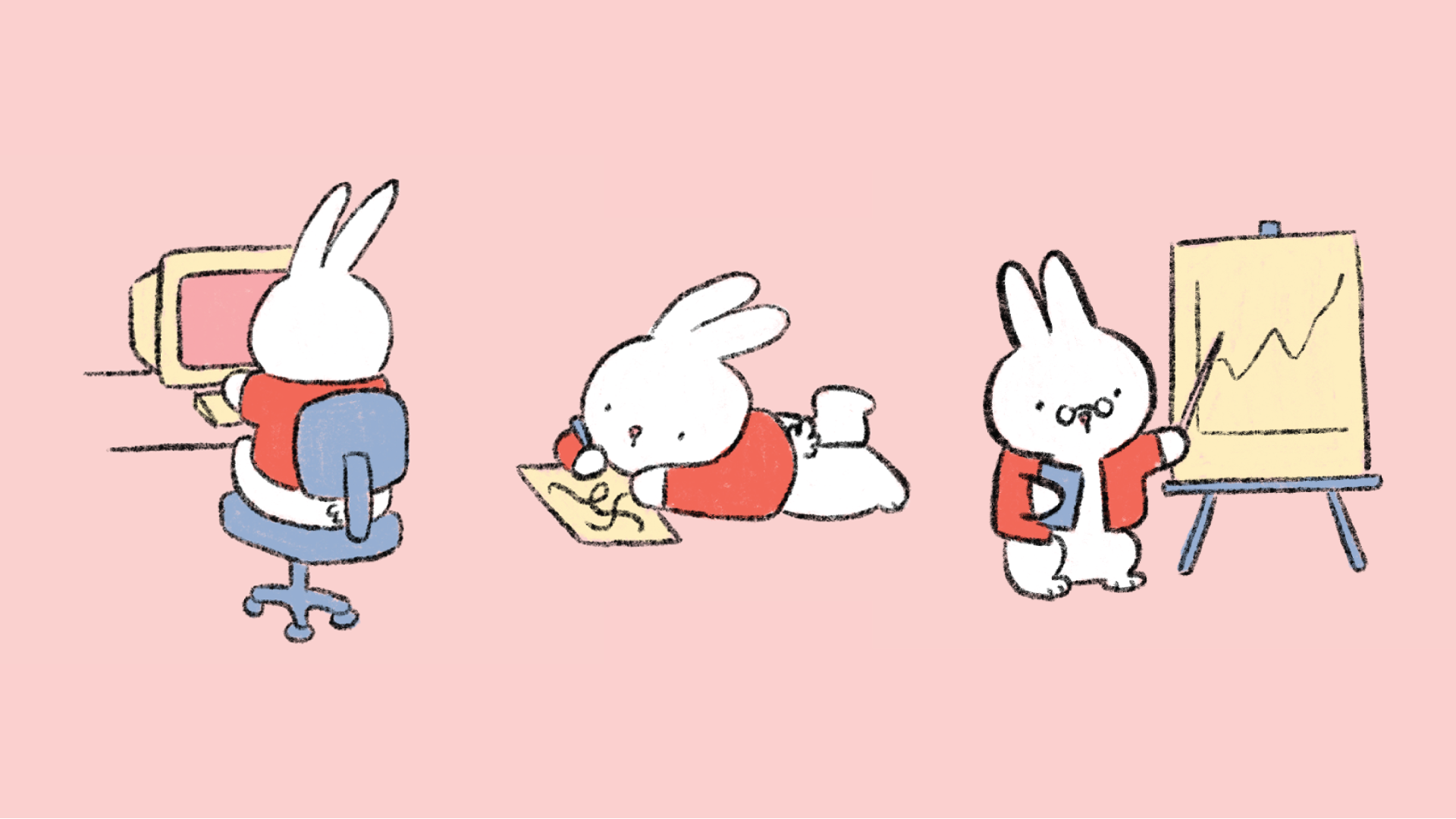
Leave a comment
This site is protected by hCaptcha and the hCaptcha Privacy Policy and Terms of Service apply.